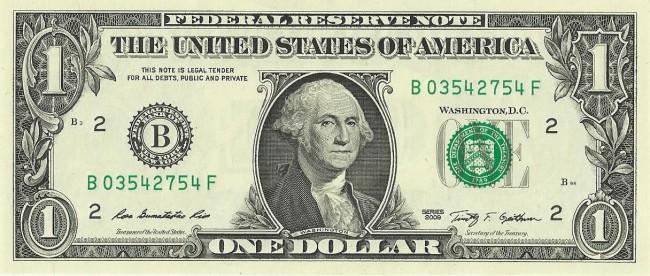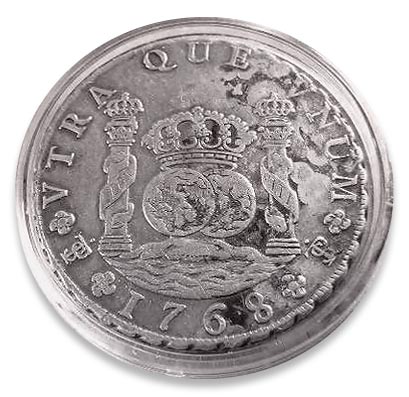Making Sense of Dollar Signs

That’s a dollar sign. You probably knew that.It’s also an S with a vertical line through it. You probably knew that, too.But: there isn’t an “S” in the word “dollar.” There are vertical lines, maybe? If you count the two “L”s? But there’s no S, regardless.
What’s going on here?
The short answer: no one’s sure. The long answer: It’s not a dollar sign at all.
To start, let’s look at the etymology of the word “dollar.” The word dates back to the early 1500s when Bohemia issued coins called “joachimsthalers,” named after the town of Joachimsthal, now in the Czech Republic. The coin, minted from silver, was immediately popular — like gold, it was made of a precious metal and therefore desirable, but unlike gold, the metal it came from was relatively plentiful. Other areas began minting similar coins from their own locally-sourced silver, and many similarly adopted the naming convention — the town name plus “thaler” at the end. As the idea of standardized coinage spread throughout Europe and the suffix of the term, -thaler, became the term for such pieces of money. Say “thaler” (thah-ler) aloud and you’ll hear the resemblance to the word “dollar,” and over time, that’s exactly what happened to the term. “Dollar” entered the English lexicon in the 1550s.
And what’s where the S comes from…. wait, no, that’s not right. There’s an “S” in “joachimsthalers,” but not in “thaler,” unless it’s plural, which doesn’t count.
For the rest of the story, we have to go to Spain.
Starting in the mid-1300s, Spain’s currency was based on something called a “real” (pronounced like “ray-all,” not like the English word “real”). The early gold coins in the Spain were worth 16 or 32 reals, When Spain introduced silver coins in 1598, they were worth a fraction of these gold coins — eight reals. The silver coins became known in English as “pieces of eight,” and in Spanish “peso de ocho.” That quickly became the “peso” in Spanish but morphed into the “Spanish dollar” in English. The Spanish dollar proved to be a popular type of currency during America’s colonial period and remained so for a few generations. They were legal U.S. tender until 1857.
From that, we have two theories as to why the dollar sign looks like $. The first one comes from the Spanish dollar design promulgated by King Philip V of Spain in 1739, the back of which can be seen below. You’ll note the Pillars of Hercules from the Spanish coat of arms (see that here) in the center of the coin, and the right pillar looks a lot like a dollar sign.
It makes anecdotal sense, then, that early Americans simply adopted that symbol as an abbreviation for the dollar — but most likely, that’s not the origins of the term. The coin is — but the image is not. According to the Bureau of Engraving and Printing of the U.S. Department of the Treasury, the symbol was, originally, shorthand for “P’s” — an abbreviation for “pesos.” Per the Bureau, “the theory, derived from a study of old manuscripts, is that the ‘S’ gradually came to be written over the ‘P,’ developing a close equivalent of the ‘$’ mark. It was widely used before the adoption of the United States dollar in 1785.” Basically, the symbol evolved something like this, via Wikipedia:
So the dollar sign isn’t, really, a dollar sign — more accurately, it’s a peso sign — just like the one used in Mexico.

Bonus Fact: If you look up “Dollar Sign” in Wikipedia, you’ll see a weird note (here’s a screen shot, in case it changes) about the short-lived TV sitcom based on a Twitter account called “$#*! My Dad Says.” Putting the true title of the TV show into Wikipedia’s search engine will lead you to the entry for “dollar sign,” not the show. The reason is a technical one — Wikipedia treats the # symbol as a special character, one which tells the software to go to a sub-section of the page. “$#*! My Dad Says,” therefore, goes to the “*! My Dad Says” sub-section of the dollar sign page. As a work-around, WIkipedia’s editors have renamed the “$#*! My Dad Says” entry to “$h*!_My_Dad_Says,” with an “h” instead of a “#.”
From the Archives: Hawaii Dollars: Dollar bills with a unique mark on the back.
Take the Quiz: Name the currency used by these countries.
Related: A great necklace.


